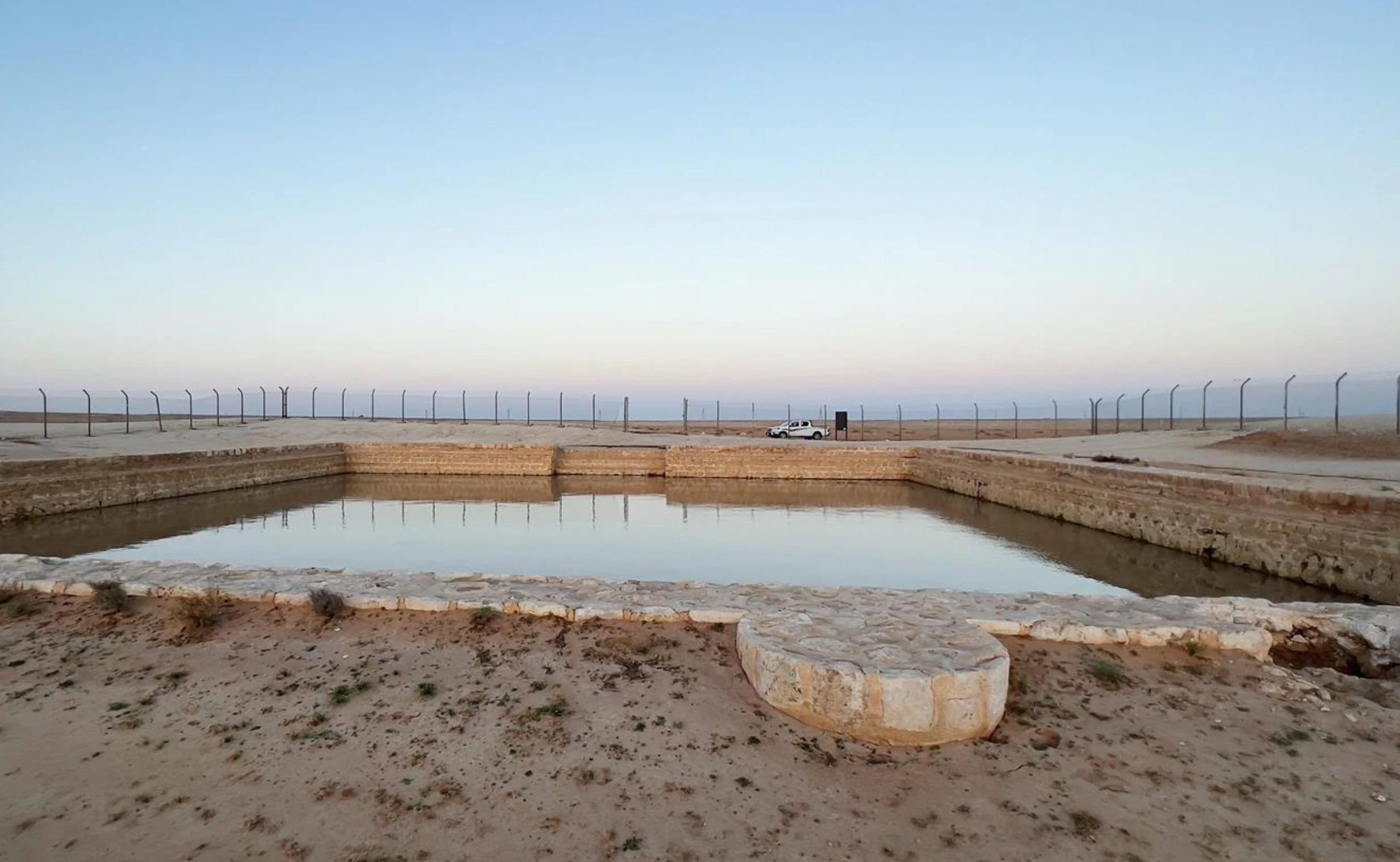Rafha: Darb Zubaydah, one of the most prominent historical roads in the Arabian Peninsula, evolved from an ancient trade route into a major Islamic-era Hajj pilgrimage route stretching approximately 1,400 kilometers from Kufa in Iraq through northern Saudi Arabia to Makkah, passing near Rafha in the Northern Borders Region.
Named after Zubaydah bint Jafar, wife of the Abbasid Caliph Harun Al-Rashid, who financed extensive infrastructure improvements, the route reached its peak during the first Abbasid Caliphate and became one of the most important Hajj and trade corridors of its time.
The road exemplifies the engineering brilliance of early Islamic civilization, featuring a network of carefully planned stations, rest stops, and water collection systems designed to support pilgrims crossing harsh desert terrain.
Along the route, successive stations were established with ingeniously designed ponds and deep wells at strategic intervals to provide reliable water supplies.
These stations also served as rest and safety points, offering essential resources that alleviated the hardships of desert travel. The road was marked by stone flags, cone-shaped markers placed near water sources and crossroads and mile markers spaced approximately 12 miles apart, demonstrating meticulous planning and organization to guide pilgrims safely.
The surface of the trail was partially paved in sandy and muddy areas, and additional amenities such as dams, palaces, and houses were constructed to facilitate the journey. Historical sources identify 27 major stations and 58 subsidiary rest stops along the route, most concentrated within Saudi Arabia.
Darb Zubaydah not only served as a vital transportation artery but also reflected a high level of awareness in serving pilgrims and organizing desert infrastructure. Some of its ponds still retain pure water today, underscoring the durability and quality of their construction.
The route played a key role in linking Baghdad, Kufa, and other Iraqi cities to the holy sites of Makkah and Madinah, fostering religious, commercial, and cultural exchange. It is considered a candidate for UNESCO World Heritage status due to its historical, cultural, and engineering significance.
The road’s development was closely tied to the flourishing Abbasid economy, which increased the number of pilgrims able to undertake the Hajj and placed new demands on water and food resources along the desert path.
Zubaydah’s patronage aimed to improve pilgrims’ safety and comfort by providing well-maintained infrastructure, including rest-houses, fire signals, and paved sections.
Today, Darb Zubaydah stands as a testament to the legacy of Islamic civilization’s commitment to serving humanity through innovative infrastructure and remains a symbol of the rich cultural heritage of the Arabian Peninsula.








